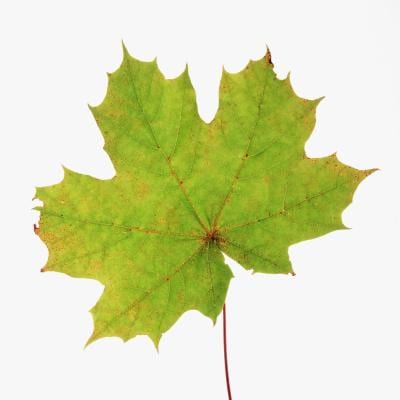Children love to learn new things, particularly when the learning takes place through hands-on exercises. Use ordinary household objects or elements of nature to teach your child about the many different facets of science. Make sure that he is properly supervised when performing science experiments that could cause injury, and he will be well on his way to a blue ribbon at his next school science fair.
Chemistry
Chemistry is the study of different elements, what they are made up of and how they react to each other. You don’t need a full-blown chemistry lab to teach your child about the science — just a few household objects and a lot of creativity. Turn white glue and borax into a fun, pliable putty, grow rock candy crystals using sugar and water or use old nails, white vinegar, tea and white glue to make disappearing ink for secret messages.
Gravity and Movement
Study Newton’s first law of motion at home to teach your children a bit about gravity and movement. Use raw eggs in your science experiments to add a touch of anticipation as your child waits for the egg to break. Use a pie pan, glass of water, toilet tissue tube and a raw egg in an egg drop experiment, try to balance a raw egg on a bit of salt or watch the difference between spinning eggs that are hard boiled and raw. Levitate magnets using a common pen and magnets to teach your child about magnetic fields or use a string with keys tied on one end and a paper clip on the other to learn what happens when gravity and motion collide.
Energy
Most children know that rubbing a balloon on their hair creates enough energy to make the balloon stick to their shirt or pants, but you can teach your child even more about the forces of energy with a few simple experiments. Have her comb her hair and then hold the comb next to a running water faucet to see how the negative charge she created when combing her hair left the water with a positive charge forcing the water to bend toward the comb. Give the old balloon experiment a new twist by rubbing a balloon on a wool sweater for 10 to 15 seconds, and then hold it above a plate filled with gelatin powder to make electric gelatin that appears suspended in the air.
Nature
Your backyard is filled with opportunities to learn about science. Look for trees whose leaves turn red or purple in the fall. Just before the leaves on the tree starts to change colors in the early fall, cover a few leaves with foil or brown paper and tape them securely, and then remove the paper when the other leaves have changed to see how light affects the process. In the summer, cut some flowers from the garden and place them in small vases filled with water mixed with food coloring to see how the water travels through the plant.





